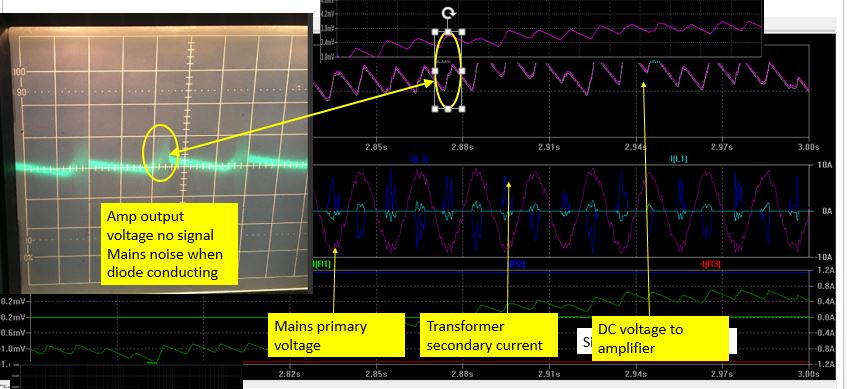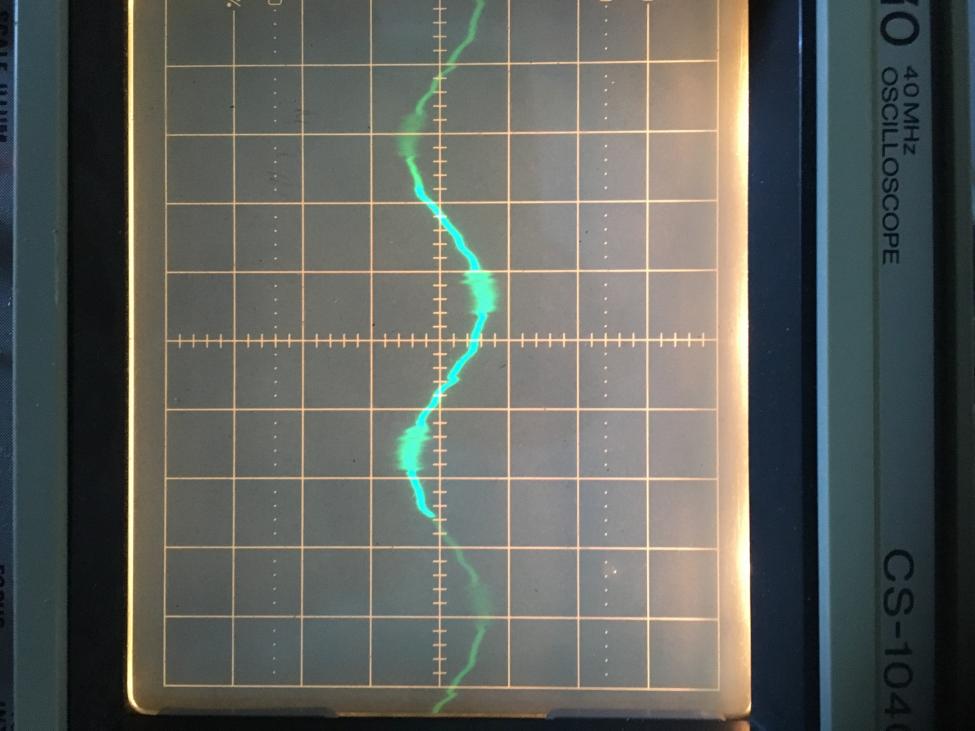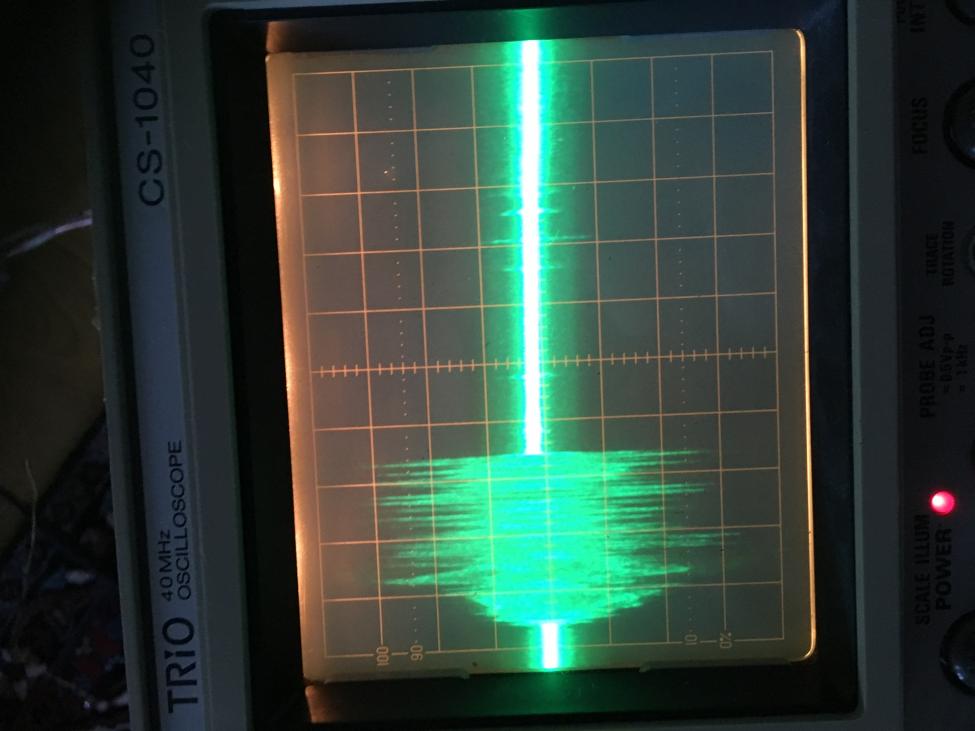How much, if any, of the approaches to power conditioning change if the PS is SMPS?
I know how to deal with a SMPS on the circuit board side. No idea what, if any, implications it has for the outlet side.
Most of this y'all already know, natch, and I am no power supply expert but here's what I have picked up designing and working with them over the years. We have to design them for our systems and work closely with the regulator manufacturers to ensure solid designs. They can be tricky little beasts and there are some subtle "gotcha's" in their design and layout -- especially layout (building one from the schematic without a serious layout review usually results in a doomed design). My comments below are essentially background and at the module level rather than the low-level circuit design and operation.
SMPS' generate a lot of high-frequency noise so need broader bandwidth decoupling. Isolating types, i.e. the type used to generate voltage from the incoming supplies, usually have a transformer to provide isolation. Because the switching frequency is fairly high (50 kHz to 500 kHz or more) the transformers and decoupling (filtering) components can be much smaller than typical linear supplies. That also means noise coupled onto the mains is much higher, Various regulatory agencies require power factor correction and filters to correct voltage/current phase (which can be pretty far off for a switcher) and to prevent SMPS' from sending "hash" back down the mains (note that the diodes in a linear supply also switch and can send noise back to the mains, again with a transformer to help reduce their magnitude and bandwidth). Note SMPS' must include feedback and thus tend to have much "tighter" voltage control at the load in addition to much quicker response (due to their high switching rate) compared to (unregulated, much lower input frequency) linear supplies.
Early SMPS' had noise issues, coupled and radiated, but improved designs and tighter regulations have cleaned them up considerably. With PF correction and a few input filter components, plus better control circuits and output decoupling and shielding, SMPS' these days should not need any extra thought or "conditioning" on their input side.
FWIWFM - Don



